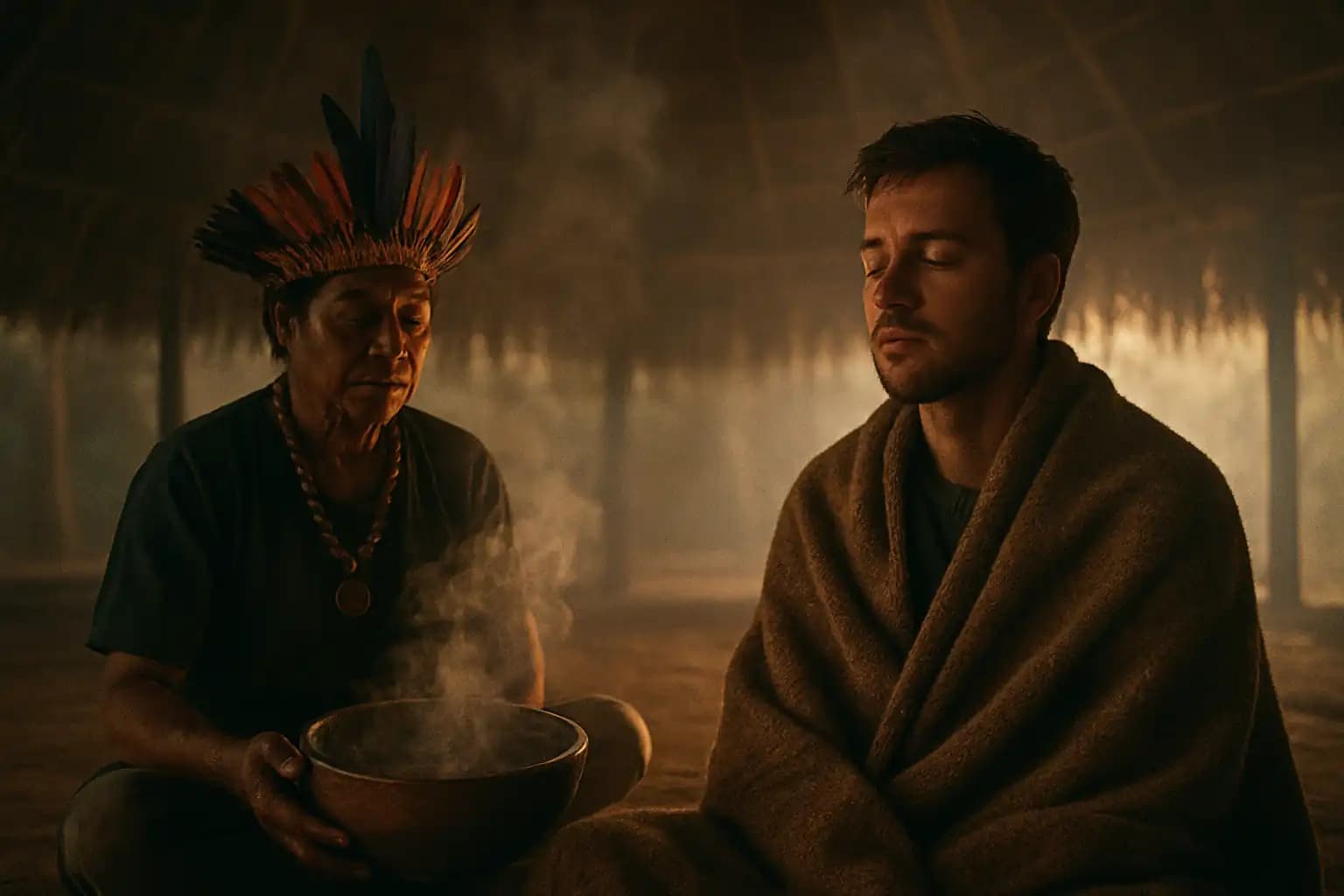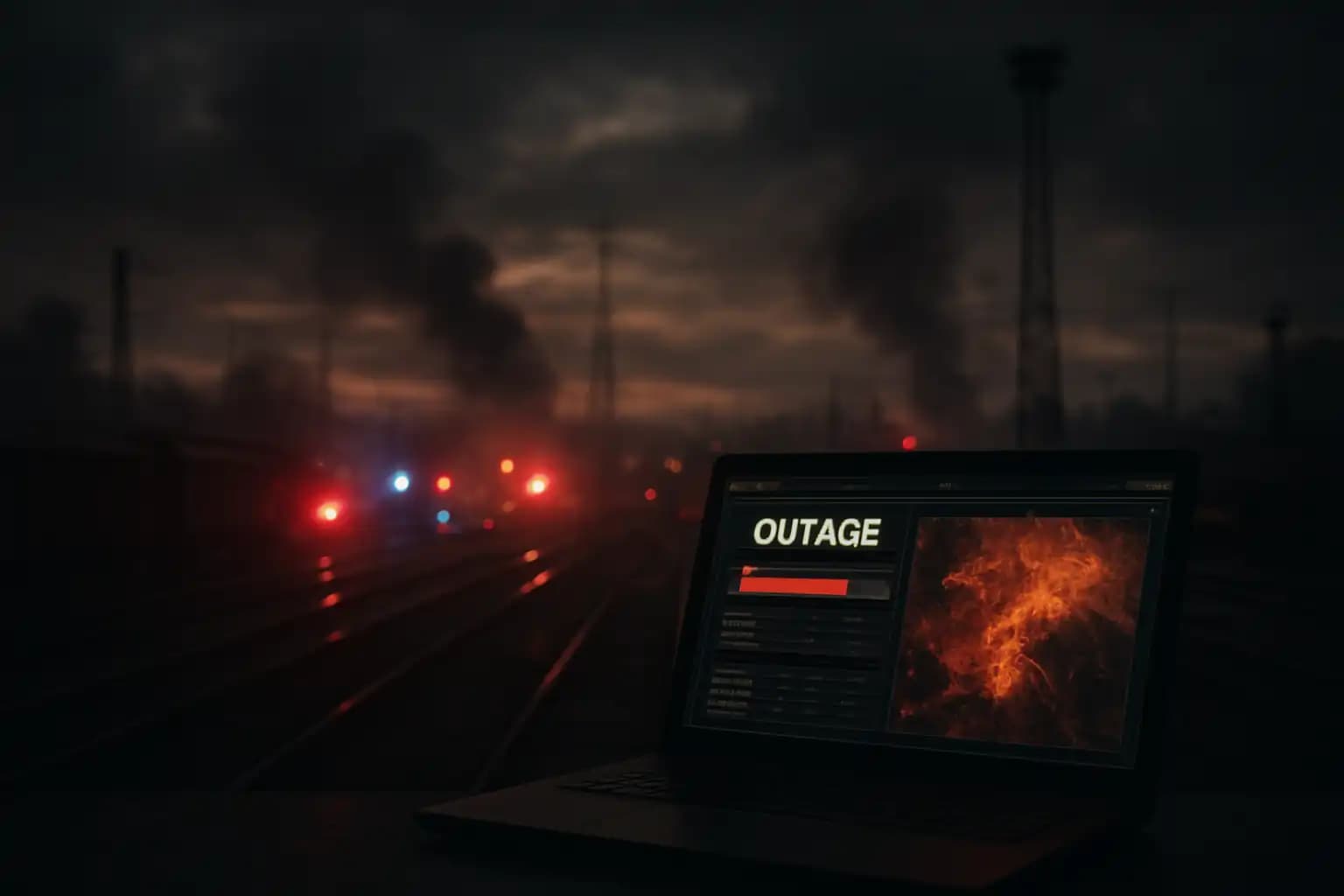Ayahuasca occupies an unsettling space where ancient ritual meets modern tourism. This Amazonian brew, crafted from Banisteriopsis caapi and DMT-containing leaves, has attracted thousands to ceremonies and many more to clinical trials. This surge has produced two parallel narratives: researchers highlighting both benefits and transient harms, alongside media stories of ceremonies ending in trauma or death.
Distinguishing fact from fiction requires three elements: rigorous epidemiology, transparent forensic reporting, and clear operational standards. Evidence showcases both intense subjective experiences and consistent physiological responses. However, most reported fatalities lack forensic evidence directly linking them to the brew. When operators mix adjuncts, neglect medical screenings, or delay emergency care, tragic events become preventable and legal consequences follow swiftly.
Global Ayahuasca Survey findings: what 11,000 respondents reveal about adverse effects and context
The largest public dataset on modern ayahuasca use comes from the Global Ayahuasca Survey, which gathered responses from over 11,000 participants from 2017 to 2019. The adverse-effect analysis published in November 2022 synthesizes work across various countries. Authors indicate that common physical effects include vomiting, diarrhea, and temporary increases in heart rate; a significant minority reported psychologically challenging experiences. The paper crucially emphasizes context: unsupervised ceremonies and concurrent use of serotonergic medications—SSRIs or SNRIs—correlate with higher rates of adverse events. While the study does not identify acute pharmacologic toxicity as a common cause of death, it notes risk factors operators must screen for and mitigate (Global Ayahuasca Survey, PLOS Global Public Health, Nov 16, 2022).
Forensic reviews and ICEERS analysis: why media-reported deaths rarely prove causation
Nonprofit reviews and forensic analyses add complexity to the narrative. The International Center for Ethnobotanical Education, Research and Service (ICEERS) cataloged numerous deaths reported in the media, ultimately concluding that no autopsy or toxicology report definitively links a death to acute intoxication from traditional ayahuasca preparations. Many reported fatalities involve co-factors—poly-substance use, preexisting cardiac conditions, trauma, or procedural errors like electrolyte imbalance from excessive fluid intake or purging. ICEERS’ meticulous re-examination reveals that reports claiming “ayahuasca killed” tend to oversimplify a complex set of antecedents into a singular cause (ICEERS, June 2023).
Pharmacology and mechanisms: DMT, MAOIs, interactions, and cardiac stress
Ayahuasca’s bioactive composition combines N,N-dimethyltryptamine (DMT) with monoamine oxidase inhibitors (MAOIs) derived from the Banisteriopsis vine, facilitating oral psychoactivity. This chemistry introduces two central hazards. First, dangerous interactions with SSRIs or certain migraine medications can lead to serotonin syndrome. Second, intense vomiting and autonomic arousal may destabilize patients with undiagnosed cardiovascular conditions. Toxicologists point to further complexity when nontraditional admixtures—synthetic tryptamines or ceremonial adjuncts like kambo—complicate toxicology and heighten acute risk.
Operational failures and legal lessons: the Brandon Begley wrongful-death verdict
Medical ambiguity does not absolve negligence. In a prominent U.S. case, a jury issued a multimillion-dollar wrongful-death verdict on May 15, 2024, finding that Soul Quest Church of Mother Earth and its leader failed to exercise reasonable care during a 2018 retreat that resulted in Brandon Begley’s death. Trial evidence highlighted a series of operational failures—concurrent administration of kambo, instructions leading to excessive fluid intake, delayed emergency calls, and inadequate medical screening—which jurors found causally linked to fatal hyponatremia. This verdict underscores an essential point: even though autopsies rarely indicate pure ayahuasca toxicity, negligent practices during ceremonies can and do lead to civil and criminal liability (Filter, June 5, 2024).
Ritual context matters: traditional practice versus commodified retreats
Anthropologists stress that ayahuasca originated in tightly regulated ceremonial practices with experienced vegetalistas who enforced dietary rules, contraindications, and integration methods. When retreat markets commodify ceremonies, these safeguards can erode. The Global Ayahuasca Survey directly links context to outcomes: greater rates of adverse events occur in non-traditional or unsupervised settings. Ceremonies involving risky adjuncts—repeated electrolyte-depleting purges, kambo rituals, or unmonitored poly-substance exposure—increase risks and shrink margins for error.
Best practices follow the clinicians’ checklist: medical screening for cardiac or psychiatric vulnerabilities, explicit contraindication lists (especially regarding serotonergic medications), on-site trained medical staff, a low threshold for emergency intervention, and structured support post-ceremony. These measures minimize both physiological harm and long-term psychological consequences.
Why journalists and scientists must adopt a measured vocabulary
Journalists and researchers should avoid binary narratives that either sacralize ayahuasca as a cure-all or demonize it as inherently dangerous. Coverage should prioritize primary sources: autopsy and toxicology reports, trial evidence, and peer-reviewed epidemiological studies. In cases of conflicting data, it’s vital to report uncertainties and reference the best available evidence. Avoid sensationalizing a symbolic panic; instead, contextualize adverse events within the operational frameworks that led to them. For insights on how symbolic incidents fuel public panic, see reporting that explores narrative amplification across technological and cultural crises (an investigative summary).
Practical policy steps: screening, reporting, and regulation to reduce preventable deaths
Evidence supports specific interventions. Regulators and health authorities should implement standardized medical screenings, require ceremonial operators to maintain emergency contact protocols and on-site medical personnel, and establish forensic reporting standards so coroners publish transparent autopsy and toxicology results in cases related to ceremonies. Insurers and licensing bodies should establish minimum standards for retreat centers, explicitly prohibiting risky adjuncts without medical oversight. These measures align with epidemiological recommendations and legal precedents that penalize negligent actions.
For clinicians and scientists, the way forward involves well-controlled clinical trials with ethical oversight, transparent adverse-event reporting, and open sharing of protocols—practices that protect participants and inform public policy.
Why this matters: what the ayahuasca debate reveals about medicalization and modern spirituality
The ayahuasca narrative highlights a broader dilemma: how can societies integrate traditional medicines into contemporary clinical and commercial frameworks without compromising safety, cultural respect, and accountability? The stakes are high: avoidable deaths, legal action, and diminished trust in legitimate research. Evidence indicates ayahuasca possesses profound effects and identifiable risk factors; with thorough screening, proper supervision, and effective regulation, we can harness its therapeutic potential while minimizing harm.
For further contextual reporting on the interplay of technology, ritual symbolism, and public response, explore investigatory and archival works that detail how narratives shape policy pressures and myths (an investigative case study, an archival breakdown, and a related ethics dossier).
Conclusion: honest reporting, stronger standards, and cultural humility
Ayahuasca’s unique and powerful effects warrant neither blind adoration nor instinctive vilification. Comprehensive surveys indicate frequent but generally non-lethal adverse effects while identifying predictable risk factors; forensic analyses show that fatalities reported by the media often obscure intricate causes; and legal cases demonstrate that negligent practices lead to significant consequences. The prudent approach necessitates rigorous screening, mandatory emergency protocols, standardized forensic reporting, and respect for Indigenous knowledge. This combination safeguards therapeutic potential while protecting lives.
For a detailed botanical and cultural overview of the brew, refer to the comprehensive ayahuasca profile available through an authoritative encyclopedia entry (the ayahuasca botanical and cultural overview). For ongoing curated timelines and investigative packages, visit Unexplained.co to stay updated on developments and forensic reporting in this evolving field.




